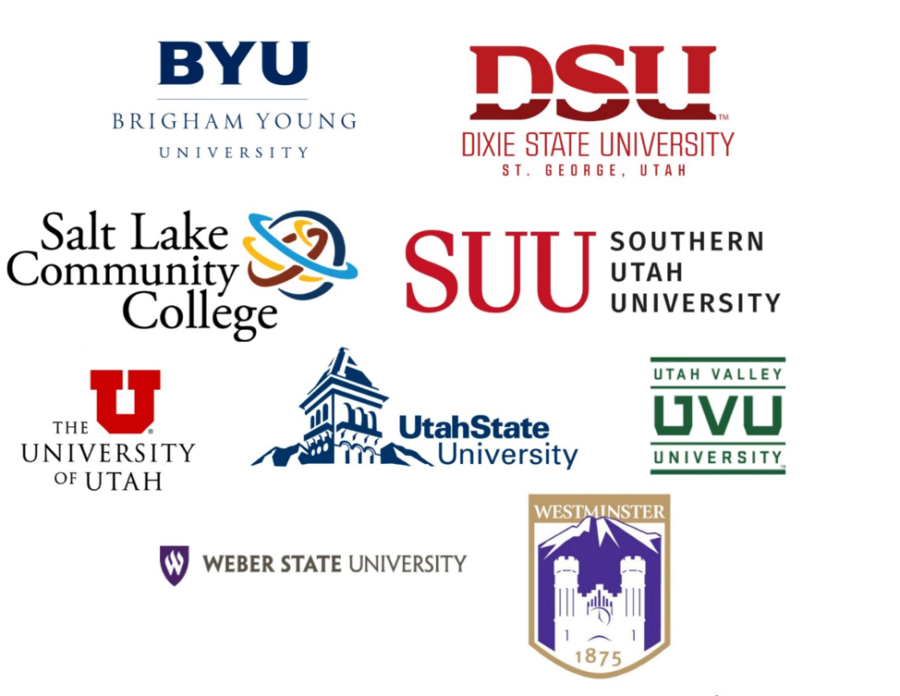As the world of higher education continues to evolve, the question of “college readiness” has become a critical issue for students, parents, educators, and policymakers alike. Defined broadly, college readiness refers to a student’s preparedness to succeed in college-level courses without the need for remedial instruction. While it traditionally focused on academic skills, today’s concept encompasses a wider range of competencies that include emotional resilience, time management, and financial literacy.
The Importance of Academic Preparedness
Academic readiness remains the cornerstone of college preparedness. High school curricula are designed to give students the knowledge base they need to succeed in college. Core subjects like math, science, reading, and writing form the foundation of this academic preparation. However, statistics indicate that many students are entering college without adequate skills in these areas. According to a report by the National Center for Education Statistics, nearly 40% of college freshmen require at least one remedial course before they can start taking credit-earning classes.
This gap between high school learning and college expectations is partly due to disparities in the quality of education. Students from underfunded schools often lack access to advanced coursework or experienced teachers, leaving them less prepared for college. In response, states and school districts are increasingly turning to standardized assessments, such as the SAT and ACT, as benchmarks for college readiness. However, critics argue that these tests fail to capture the full range of skills needed for success in higher education.
Beyond Academics: Soft Skills Matter
Today’s colleges expect students not only to excel academically but also to manage a variety of social, emotional, and organizational challenges. College life requires a high degree of self-motivation, independence, and time management—skills that are not always explicitly taught in high school. In fact, some educational experts argue that the focus on test scores and academic achievement often overshadows the development of these crucial “soft skills.”
A report from the College Board emphasizes the importance of students being able to manage their time effectively, deal with stress, and navigate the social dynamics of college life. Emotional readiness, including mental health awareness, is a growing concern on campuses nationwide, with colleges reporting an increase in student demand for counseling services. Without adequate emotional preparation, even the brightest students can struggle to adjust to the pressures of college.
Financial Literacy: A Growing Concern
Another often overlooked aspect of college readiness is financial literacy. College tuition continues to rise, and students are graduating with unprecedented levels of debt. A 2023 report from the Institute for College Access & Success found that the average student loan debt for the class of 2022 was over $30,000. This financial burden makes it increasingly important for students to understand personal finance, including budgeting, loans, and scholarships.
Many high schools have begun incorporating financial literacy into their curricula, teaching students how to manage money effectively. However, these efforts are still relatively new and inconsistent across school districts. As a result, many students and their families are ill-prepared to navigate the complexities of financial aid, student loans, and the long-term implications of their financial decisions.
The Role of Early Intervention and Support Systems
To address these gaps in preparedness, many high schools and colleges are investing in early intervention programs aimed at identifying at-risk students and providing them with the support they need to succeed. Dual enrollment programs, which allow high school students to take college courses, are gaining popularity as a way to ease the transition from high school to college. Similarly, mentorship programs that pair students with college graduates can offer valuable guidance on both academic and non-academic aspects of college life.
At the policy level, some states have adopted college and career readiness standards that aim to ensure students graduate high school equipped with both the academic knowledge and life skills needed to thrive in higher education. Additionally, programs like TRIO and Gear Up are working to improve college access for low-income and first-generation students by providing academic support, financial counseling, and mentorship.
Conclusion
As college becomes more critical for career success in today’s knowledge-based economy, the focus on college readiness will only continue to grow. Preparing students for the challenges of college requires more than just ensuring they meet academic benchmarks—it demands a holistic approach that addresses emotional, organizational, and financial skills. By fostering these competencies in high school, educators can help ensure that students not only get into college but also thrive once they are there.
The future of college readiness will depend on collaborative efforts from schools, families, and policymakers to create a well-rounded educational experience that prepares students for life beyond the classroom.




![Photo Credit; Miller, Kim. “City of Asheville prepares for a weekend of winter weather.” City of Asheville prepares for a weekend of winter weather [Ashville], 10 February 2023, https://www.ashevillenc.gov/news/city-of-asheville-prepares-for-a-weekend-of-winter-weather/. Accessed 06 January 2025.](https://binghamprospector.org/wp-content/uploads/2025/01/Screenshot-2025-01-14-7.54.38-AM.png)
